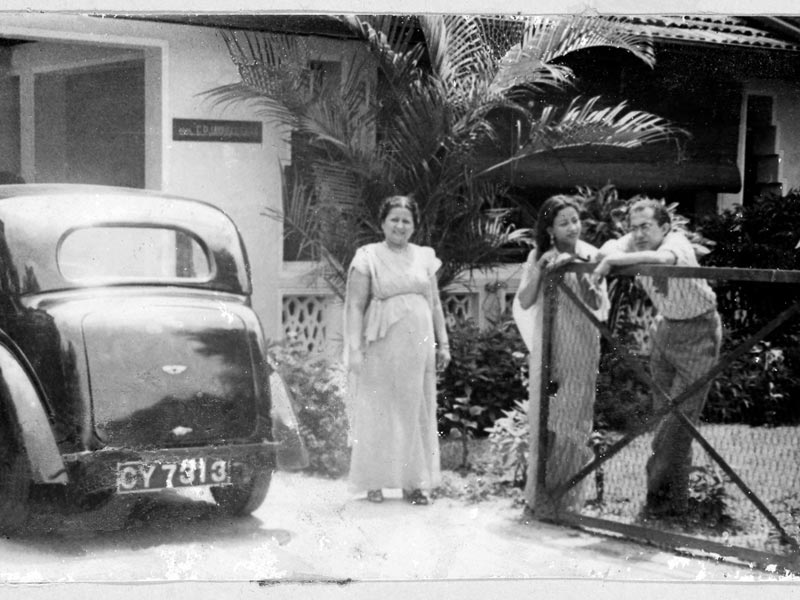






Sita Jayawardene Parakrama was a multi faceted woman. Not only was she an actress, but also a journalist, feminist and fashionista. A trendsetter of her time, her classic beauty and ability to succeed in whatever she applied herself to saw her be one of the capital's leading women.
Words: Shehara Parakrama-de Silva
Sita Parakrama (née Jayawardana) was a woman of many parts - writer, actress, dancer, poet, socialite, cause celebre.
One of the leading personalities in the arts in post-independence Sri Lanka, she was a free spirit, far ahead of her time, breaking convention and new ground with such infinite charm and vitality, that more often than not, she got away with it. Of course, she was part of an emerging postcolonial elite, and in that era they were educated, egalitarian and engaged.
In Sita’s case she was also artsy, brave and beautiful.
Sita was a pioneer in women’s rights, and path maker. But never as posture or polemic. Hers was an unconscious and cavalier disregard for gender norms. She gravitated towards it almost as a default setting. She caused scandal by first getting into Medical College, in a time when few women got in and then opting out midstream to take off to Fleet Street to study Journalism. She married for love and intellect and rebelled against the idea of marriage for caste, money and power, somewhat to the disappointment of her parents, who saw an array of wealthy powerful men amongst her coterie of admirers.
In 1952 Sita founded and was Chief Editor of Ceylon Woman, which is reputedly the first English language women’s magazine in Sri Lanka and possibly Asia. Homespun and middlebrow, it filled a lacuna in women centered content.
Ceylon Woman was used as a platform to launch causes that concerned women and society. Her magazine sponsored the first women’s fashion shows in Ceylon.
Sita entered the Sinhala language film world, in the first talking movie of the country with a minor role in ‘the
Broken Promise’ (‘Kadawunu Poronduwa’) and later as the heroine of ‘That Night’ (‘Eda Re’) the second Sinhala
film in history, directed by the late great Shanthi Kumar Seneviratne. She also played the lead in the ballet ‘The
Spirit of the Mahaweli’. It was considered a ‘mammoth’ production, with a 150 person cast and replete with some
of the most beautiful women of that era, including 4 former Beauty Queens. Other dance theatre included
Ashokamala and Ediriweera Sarachandra’s Pabavathi. Films include lead roles in the 1957 black and white film
‘Jeevitha Satana’ and ‘Sansare’.

